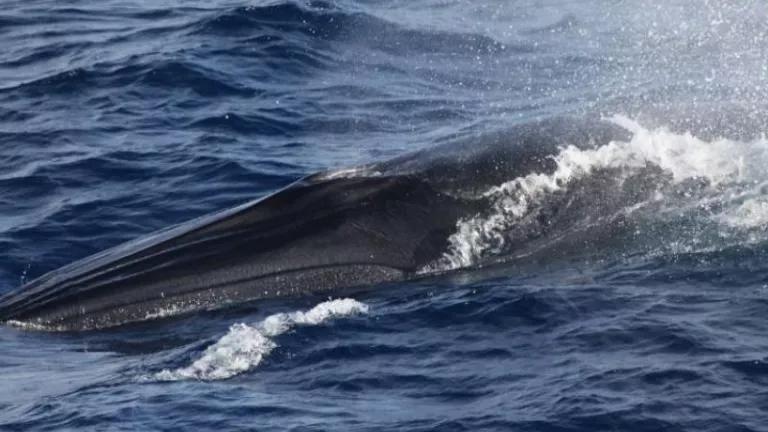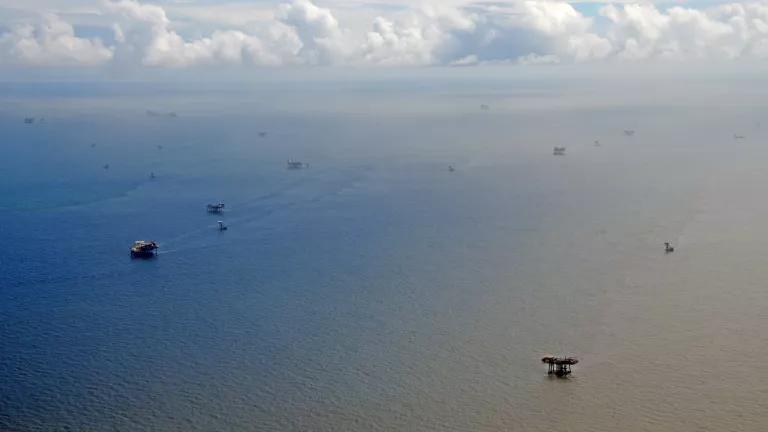As our wonderfully long summer draws to a close, Cornell scientists should be out in New York's ocean setting up the acoustic buoys that monitor for endangered whales. October signals the start of the whales' southern migration from the rich feeding waters of the Northeast.
Knowing what paths whales take up and down our shorelines is important. It can be used to help prevent ships from running over them as they swim just off our shores - sometimes as close as 10 miles from Times Square. We also need to make sure we're developing our offshore energy resources outside of their migratory routes.
The whale monitoring effort was designed as a multi-year project, and we learned much in the first year. Whales have been found much closer than anticipated to our shores. North Atlantic right whales (of which only around 300 remain) have even been heard off New York Harbor. And there's a population of fin whales that has made New York their year-round residence.
But we've never really explored the whale migratory paths in our neighborhood before last year, when the state began funding a program to understand where these endangered animals travel off the city's shores. It was designed as a multi-year effort and we need funding for two more years of research in order to establish the trend and make our initial down payment scientifically worthwhile.
Unfortunately, one key casualty of the Environmental Protection Fund (EPF) crisis in Albany is the loss of the state's whale monitoring project. This spring $222 million was committed to the EPF, which funds New York State environmental initiatives. But it hasn't been released. Right now, the amount expected for FY 09-10 is only $180 million - $42 million less than the amount voted by the Legislature and agreed to by Governor Paterson just a few months ago.
This means scientists, not-for-profit partners, and local governments aren't getting paid, despite delivering the on-the-ground actions and important research goals the state approved and promised to fund. They need and deserve timely payment for their important work.
The state's budget woes and the repeated "sweeping" of funding from the EPF into the general fund over time has led to largely unbalanced books, where state agencies are struggling to pay past due notices and shortchanging important projects, like the whale monitoring program.
The EPF was established as a dedicated revenue source so that our critical environmental programs can be carried out in both good and bad economic times. And without it, we will lose much of the progress New York State has made to restore our natural resources.
Cornell needs to get the buoys out in October to start year 2 of the project. They have the equipment on hand and would love to make all the arrangements. Around $400,000 is needed to fund year 2 of the research.
New York has become a true leader on ocean issues through the visionary efforts of the New York Ocean and Great Lakes Ecosystem Conservation Council and Governor Paterson's leadership in establishing the Governors Mid-Atlantic Council on Oceans, which allows five coastal states to work together to protect the Atlantic. But much work remains ahead, and the EPF funding is essential to ensuring that we fund the programs that are helping restore to health the economic and environmental engines that are our oceans.
The state's Department of Environmental Conservation has done all it can with the EPF money it's being allotted - other contracts must be paid off as well. We need Governor Paterson to keep his word to the scientists and others working on the projects he said he would fund.




